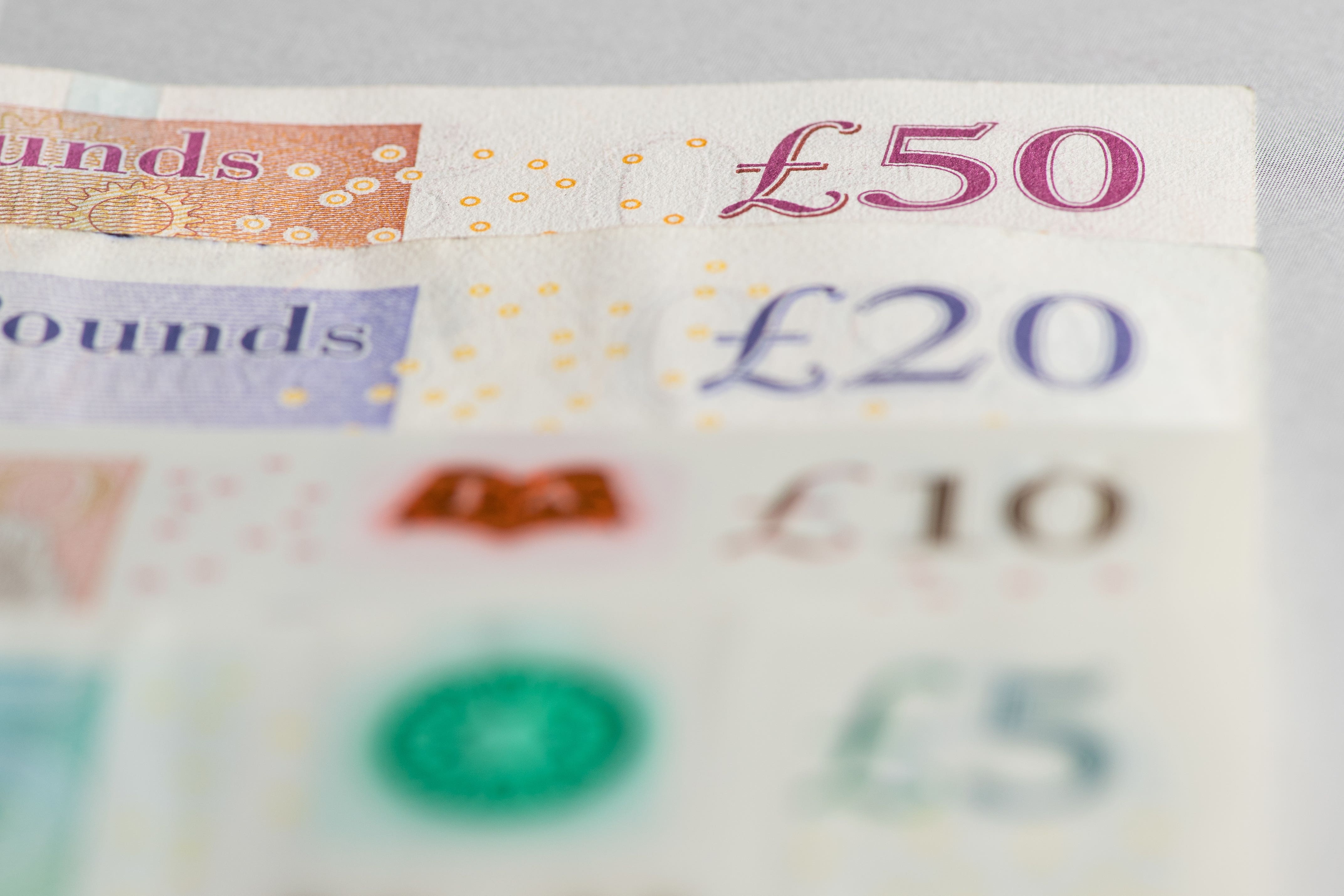What does the slowdown in inflation mean for UK households?
The Consumer Prices Index fell to 6.8% in July from 7.9% the previous month.

Your support helps us to tell the story
From reproductive rights to climate change to Big Tech, The Independent is on the ground when the story is developing. Whether it's investigating the financials of Elon Musk's pro-Trump PAC or producing our latest documentary, 'The A Word', which shines a light on the American women fighting for reproductive rights, we know how important it is to parse out the facts from the messaging.
At such a critical moment in US history, we need reporters on the ground. Your donation allows us to keep sending journalists to speak to both sides of the story.
The Independent is trusted by Americans across the entire political spectrum. And unlike many other quality news outlets, we choose not to lock Americans out of our reporting and analysis with paywalls. We believe quality journalism should be available to everyone, paid for by those who can afford it.
Your support makes all the difference.Latest official figures have revealed a significant fall in inflation last month, due to lower energy prices.
The Consumer Prices Index (CPI) fell to 6.8% in July from 7.9% in the previous month, according to the Office for National Statistics (ONS).
The drop was largely caused by a fall in households energy bills, as well as a slowdown in soaring food price inflation.
Here the PA news agency explains what this means and how it could affect households and homeowners.
– What is inflation?
Inflation is the term used for the rate at which prices increase over time.
If the price of something rises from £10 to £11 over a year, that would represent annual inflation of 10%.
Every month, the ONS reports the annual increases on a raft of items and services, including everything from computer games to a loaf of bread.
– Why are the latest figures important?
The new data was keenly awaited as policy-makers look for significant signs that rampant inflation – which peaked at 11.1% last year – is being tamed.
It was the second significant decline in as many months, after a drop to 7.9% in June from 8.7% a month earlier.
However, the latest reading was marginally above expectations and the ONS revealed that the rate of core inflation, which strips out volatile price movements in food and energy, was also higher than expected.
It means there could be continued pressure on the Bank of England to keep hiking interest rates, which have already reached a 15-year high of 5.25%, to keep inflation under control.
– Do the latest figures mean the cost-of-living crisis is over?
Unfortunately not yet. Food price inflation is still high, at 14.9% in July, down from 17.3% in June.
While some commodity prices have dropped, there are still big rises being seen across many products and ingredients, while fertiliser costs have also soared, which is being passed down by farmers to retailers.
Some products such as sugar, yoghurt and fish also saw recent price increases accelerate last month.
In July, Britons benefited from a fall in energy bills, as the average price for each unit of electricity was slashed to 30p, while gas prices fell to 8p per unit, meaning the average annual energy bill for a household dropped to £2,074 from the capped rate of £2,500.
But it is still higher than the same month last year when it had been capped at an average £1,971 per household.
– What does it mean for interest rates?
Unlike other recent inflation announcements, the latest figures were broadly similar to economist forecasts, as they came in marginally above the predicted 6.7% reading.
As a result, financial markets have remained largely steady on their projections for interest rates, currently forecast to peak between 5.75% and 6%.
However, core inflation edged higher and on Tuesday the ONS also revealed a record increase in wages for the quarter to June.
Those factors will be a disappointment for the Bank of England, which is widely predicted to increase rates to 5.5% at its next meeting in September.
– How will this affect my mortgage?
Further evidence of inflation dropping significantly is positive for mortgage-holders, as interest rises have been used as a tool to bring inflation down, and the Bank of England is expected to pause this once its believes inflation is adequately under control.
Mortgage rates have been on a significant upwards trajectory over the past year after 14 consecutive rate increases, which are set to continue.
However, they have dipped slightly in recent weeks amid evidence of cooling inflation.
On Wednesday, data from Moneyfacts showed the average two-year fixed residential mortgage rate was 6.77%, down from 6.79% on Tuesday.
– What do the latest figures mean for the Government’s pledge to halve inflation?
Prime Minister Rishi Sunak has made halving CPI inflation to around 5.3% by the end of 2023 one of his five key priorities.
Chancellor Jeremy Hunt said on Wednesday that the easing of inflation shows “the decisive action we’ve taken to tackle inflation is working” but “we’re not at the finish line”.
However, experts have cautioned that higher core CPI and services inflation could put this pledge in jeopardy, as they could point towards persistent inflation.
The Bank of England has predicted the Government will just reach this target but on Wednesday the Institute for Fiscal Studies (IFS), a respected economic think tank, said it was not a foregone conclusion.
“The stubbornly high rate of price inflation for goods and services other than food and energy has put the target in jeopardy,” said IFS research economist Heidi Karjalainen.
“With only four months to go, it no longer seems at all clear that inflation at the end of the year will have fallen by enough to achieve it.”